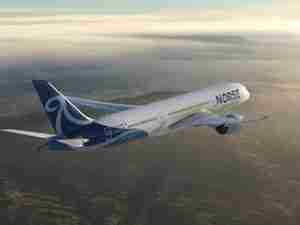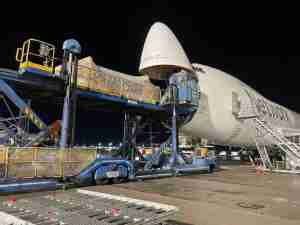The fatal air crash in Nepal on Sunday adds to the Himalayan country’s reputation as the most dangerous place to fly on the planet.
All 68 passengers and four crew on Yeti Airlines Flight 691 were killed in the disaster in Pokhara, Nepal’s second-largest city and a gateway for tourists exploring the Annapurna mountain range.
According to Aviation Safety Network data, the fatal crash was the 11th in Nepal in as many years. Only last May, 22 people died when a Tara Air flight came down en route from Pokhara to the trekking base of Jomsom. The latest tragedy, the deadliest since 1992, has led to a spate of tourist cancelations, according to travel-industry executives, costing the country vital revenue.
Nepal’s topography and weather patterns make flying harder than in many other places. In 2015, the United Nations-backed International Civil Aviation Organization prioritized the country for technical assistance, later saying its “beautiful but rugged terrain makes the safety of air operations more challenging than in other areas of the world.”
Black Boxes From Crashed Yeti Airlines Plane Located in Nepal
Nepal also has some of the world’s most dangerous roads, adding to the risk that citizens and visitors face when traveling around the vertiginous nation. Tourism is a key industry, contributing almost 7% of the gross domestic product, according to the World Bank.
About 150,000 foreign tourists traveled to Nepal in 2021, almost all arriving by air, according to the latest data available on Nepal’s tourism ministry website. The busy capital Kathmandu is the main entrance point for larger aircraft, with travelers typically taking smaller planes to more remote areas featuring eight of the world’s 10 highest peaks, including Mount Everest
Subhash Goyal, founder, and chairman of STIC Travel and Air Charter Group, one of India’s biggest tourism groups, said Sunday’s crash has already had an adverse impact on demand, with 60% of Nepal bookings canceled, mostly by foreign visitors, especially Europeans.
The doomed Yeti Airlines flight — using a twin-engine ATR 72 turboprop — took off from Kathmandu at 10:32 a.m. local time and crashed at about 11 a.m. ATR is a joint venture between placemaking powerhouse Airbus SE and Italy’s Leonardo SpA.
There were 53 Nepalese on board, as well as five Indians, four Russians, two Koreans, and one person from each of Australia, Argentina, Ireland, and France, the Civil Aviation Authority of Nepal said in a statement.
Yeti also operated a plane that crashed in 2008 at Lukla’s Tenzing-Hillary Airport, which has a runway that angles dramatically down toward a valley. Eighteen passengers and crew died.
Other recent disasters include the loss of a US-Bangla Airways flight from Dhaka, Bangladesh, in Kathmandu in 2018, which killed 51 people.
According to its website, Yeti has six ATR 72-500s in its fleet powered by PW127 engines from the Pratt & Whitney unit of Raytheon Technologies Corp.
Pilots may have lost control of the plane in Sunday’s disaster, Neil Hansford, chairman of consultancy Strategic Aviation Solutions, told the Australia Broadcasting Corp. Mountains, rough terrain and mists that descend in Nepal are hostile to flying, he said.
A video purportedly taken shortly before the crash appears to show the plane entering into a steep banking maneuver as it approaches Pokhara airport, a new facility inaugurated by Nepal’s prime minister only this month.
All airlines certified by Nepal’s aviation authorities are prohibited from flying to Europe, according to the latest banned list published in November. That includes 20 named carriers, Yeti among them.








